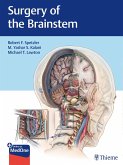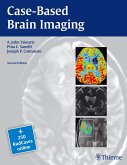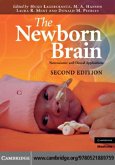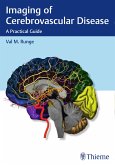The brainstem includes numerous pathways connecting different brain areas and the spinal cord, neural networks with coordinating tasks, and brainstem nuclei. Consequently its topography is complex, and even experienced neurologists find it challenging to localize brainstem lesions and diagnose brainstem disorders. This richly illustrated book provides a comprehensive review of brainstem disorders and presents the relevant clinical knowledge necessary for diagnosis. The opening sections document the brainstem neuroanatomy and discuss current diagnostic methods. The entire spectrum of clinical findings in brainstem disorders is then described, and topodiagnostic aspects of the neurological findings are explained in detail. The descriptions of brain stem disorders are consistently structured and are supported by many MR images and short case reports. In addition to primary brainstem lesions, such as vascular brainstem syndromes, other disorders are considered that do not exclusively show brainstem symptoms or signs, e.g., multiple sclerosis. This book will serve as an invaluable reference work for neurologists in clinical practice or further education.
Dieser Download kann aus rechtlichen Gründen nur mit Rechnungsadresse in A, B, BG, CY, CZ, D, DK, EW, E, FIN, F, GR, HR, H, IRL, I, LT, L, LR, M, NL, PL, P, R, S, SLO, SK ausgeliefert werden.









